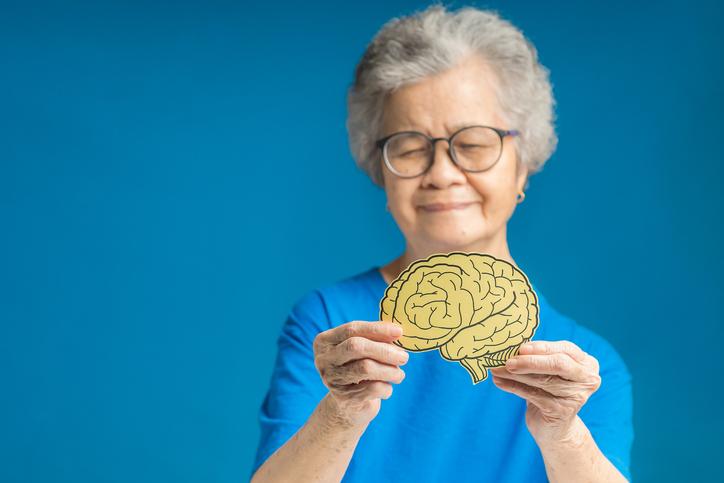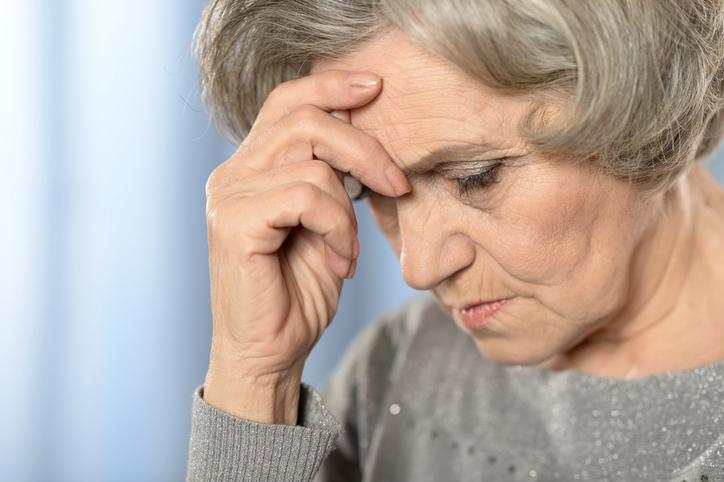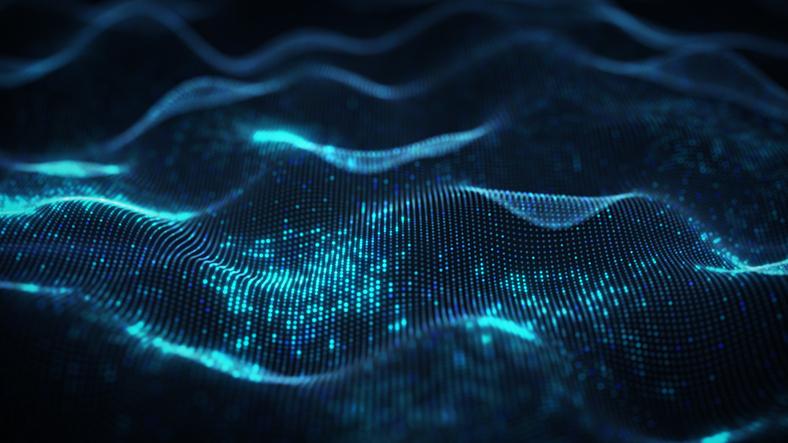22 июля 2021
What Is Osteopathy?


22 июля 2021
What Is Osteopathy?
## What is osteopathy?
The founder of osteopathy was the American Andrew Taylor Still. He believed that diseases are caused by bones shifting out of their natural position as blood flows, lymphatic movement is disturbed and pathologies begin to progress. The basic principles of osteopathy include:
- In the human body, all processes are interconnected. If there is a breakdown -somewhere, the whole system collapses.
- The human body has hidden resources that can help cope with the disease — it just needs some help.
- The problem is not always in the place that hurts. It can be a headache, but the root cause of the pain can be in the sacrum, the feet, etc.
- Our body organs have mobility, although they occupy a certain position, and an osteopath can influence them.
> The main purpose of osteopathy is to help the body regulate itself by working with the bones, muscles, and joints. There are three main types of osteopathic therapy.
## Craniosacral therapy
The essence of craniosacral therapy is that the body is affected through work on the structures of the head (skull bones, brain sheaths) and sacrum. Doctors perform therapy by detecting spasms and “unfolding” them by hand. This relaxes the muscles and tissues, after which the physiological mobility returns and the rhythm of the vibrations of the craniosacral system structures is restored.
__Who can benefit from this?__ This method helps those suffering from headaches and back pain, migraines, depression, chronic fatigue, ADHD (attention deficit hyperactivity disorder), vegetovascular dystonia, increased intracranial pressure, postnatal trauma, consequences of craniocerebral injuries, and trigeminal neuralgia.
Craniosacral therapy has a positive effect on the entire nervous system, normalizes blood circulation in the spinal cord and brain, improves the movement of cerebrospinal fluid, eliminates disorders in the joints of the spinal column, and regulates the tension of the protective covering of the brain. It can also be utilized by healthy people as effective prevention.
## Visceral therapy
In Latin, “visceral" means "relating to the internal organs." This type of osteopathy aims to normalize the work of a particular organ and the body as a whole. The doctor uses his or her hands to work on the neck, pelvis, and abdomen. This relieves stress and stimulates the harmonious work of the entire body.
__Who can benefit from this?__ Visceral therapy is recommended for bronchial asthma, chronic bronchitis, pulmonary emphysema, liver and gallbladder diseases, stomachaches, pancreatic and intestinal disorders, and gynecological and urological problems. The therapy normalizes metabolic processes, reduces or eliminates physiological disorders, and improves the function of the circulatory and lymphatic systems.
## Structural therapy
This type of osteopathy works with the structures of the body: the spine, bones, muscles, and ligaments. It restores the musculoskeletal system, improves the work of the circulatory and lymphatic systems, and eliminates spasms.
__Who can benefit from this?__ Structural therapy can help relieve cases of backache, chest pain, joint pain, heaviness in the extremities, recovery after childbirth, and other injuries. It helps to alleviate sciatica, scoliosis, osteochondrosis, joint pain, and the consequences of injuries.
## Are osteopathic doctors and medical doctors the same?
Osteopaths do not always have a medical degree. In the US, for example, one can become an osteopath by graduating from a special college and earning a D.O. (Doctor of Osteopathic Medicine) instead of an M.D. (Doctor of Medicine).
## Contraindications to osteopathic treatment
Osteopathy, like any treatment, has contraindications. Absolute contraindications include recent traumas of bones, joints, internal organs, recent surgeries, open wounds, bleeding, vascular thrombosis, hemophilia, oncology, chronic infections in the acute phase, serious disorders of cerebral or spinal circulation, systemic blood diseases, and severe glaucoma. Relative contraindications include bone tissue pathology, Bechterew's disease, cardiovascular diseases, and decompensated internal diseases.













